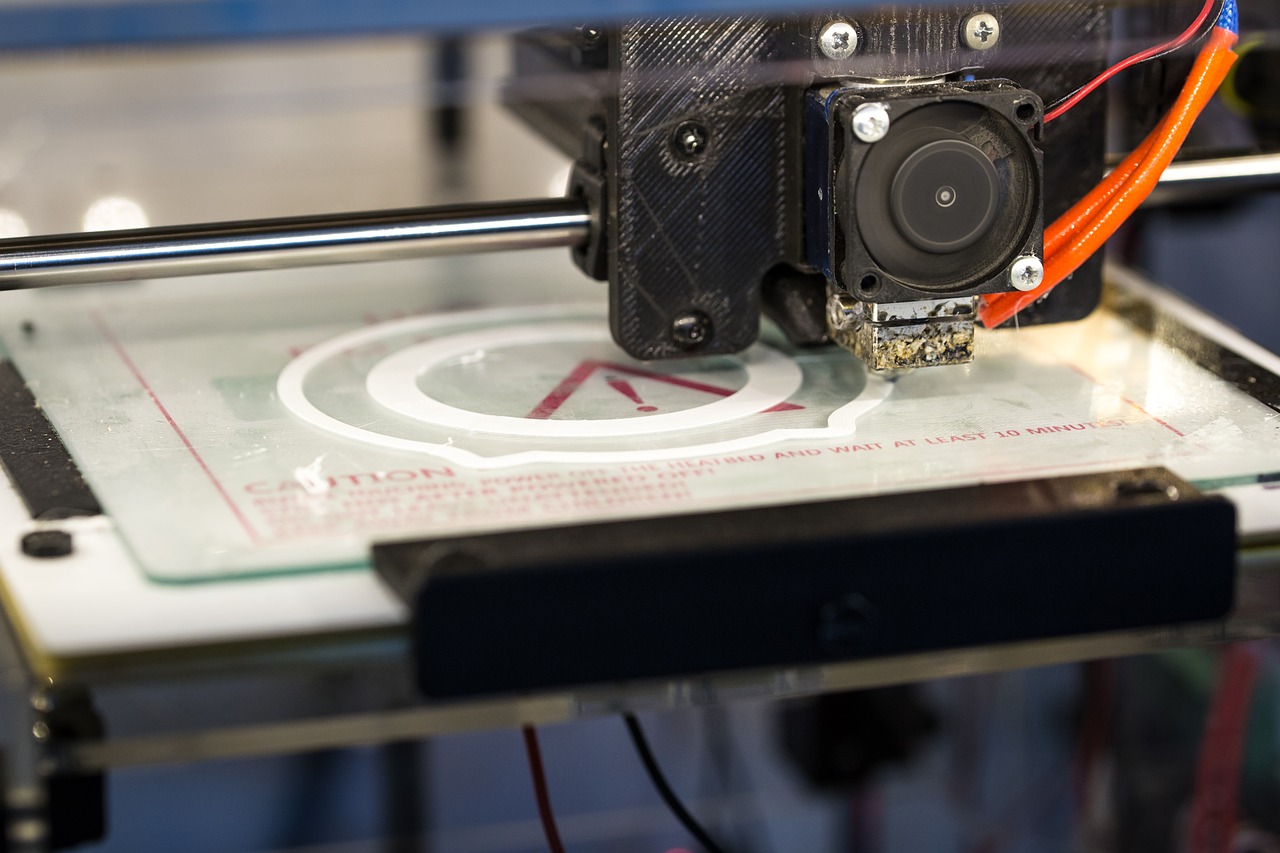A lot of people are excited about the AI revolution.
Various industries will see many changes as artificial intelligence comes into more active use. One of the more interesting uses for it is in the insurance industry.
As one of the world’s largest and oldest types of business, integrating new technologies should not be a new thing. Artificial intelligence has multiple purposes, and insurance companies can use all of them.
Contents
Underwriting and pricing
One of the essential tasks for insurance is assigning a price and rating for every client. An insurance underwriter determines the risks that a customer faces and assigns them a price so that the insurance company has a good chance of profit. It can be a complex process that looks at various factors to determine the optimum price. The entire thing can take days or weeks.
However, with an insurance rating engine, which is an AI that does the underwriting process automatically, it can be done much faster. Faster pricing can make a difference during sales since potential clients know the price faster. Additionally, the process can be further accelerated as more data comes in.
Customer service
Regarding customer service, insurance inquiries can come in at any time. While call centers can accommodate them, you can reduce customer service demands using chatbots and automated systems. The company can then reserve the actual agents for emergencies and complex inquiries. No need to bother your team with common questions and basic inquiries when the AI can handle them.
Claims processing
Another process in which AI can help is claims processing. Insurance claims require some calculations that would normally take days. When the claim comes in with AI, the calculations can take minutes. The only delay would be the approval process.
However, immediately making the claim amounts available can be a big help, especially during medical emergencies. Automating the claim lets agents focus on the important work instead of spending days processing claims. More claims can be processed with their help so that an insurance company can provide maximum service.
Fraud detection
While actual investigation and footwork are still necessary, detecting fraud can start with noticing discrepancies. That is excellent work for AI since it can easily go through the data and detect them. No need for people to go through the data themselves.
The AI can look at a claim and notice if it has an anomaly or two. For example, the software might notice that a customer is claiming too many treatments when there needs to be a reasonable time between the two. This anomaly can be flagged so that an investigator can look closer. Sometimes, it is not fraud but carelessness, so noticing the mistakes can help customers, too.
Final thoughts
New technologies can revolutionize how businesses operate, and AI is no different. Those in leadership positions in the insurance industry should seriously consider adding AI to their operations to keep up with the trends. Considering the advantages they bring, the effort can be worth it.
Read Also:























